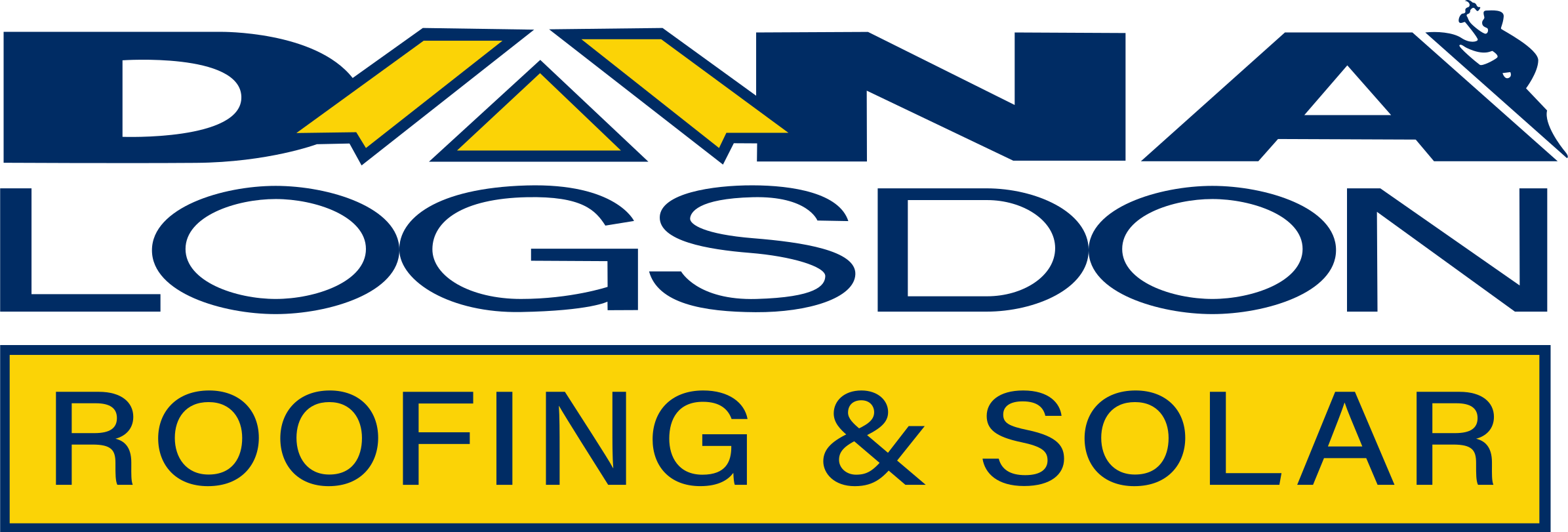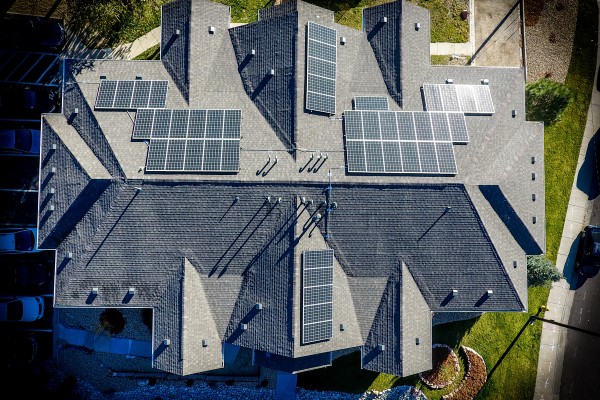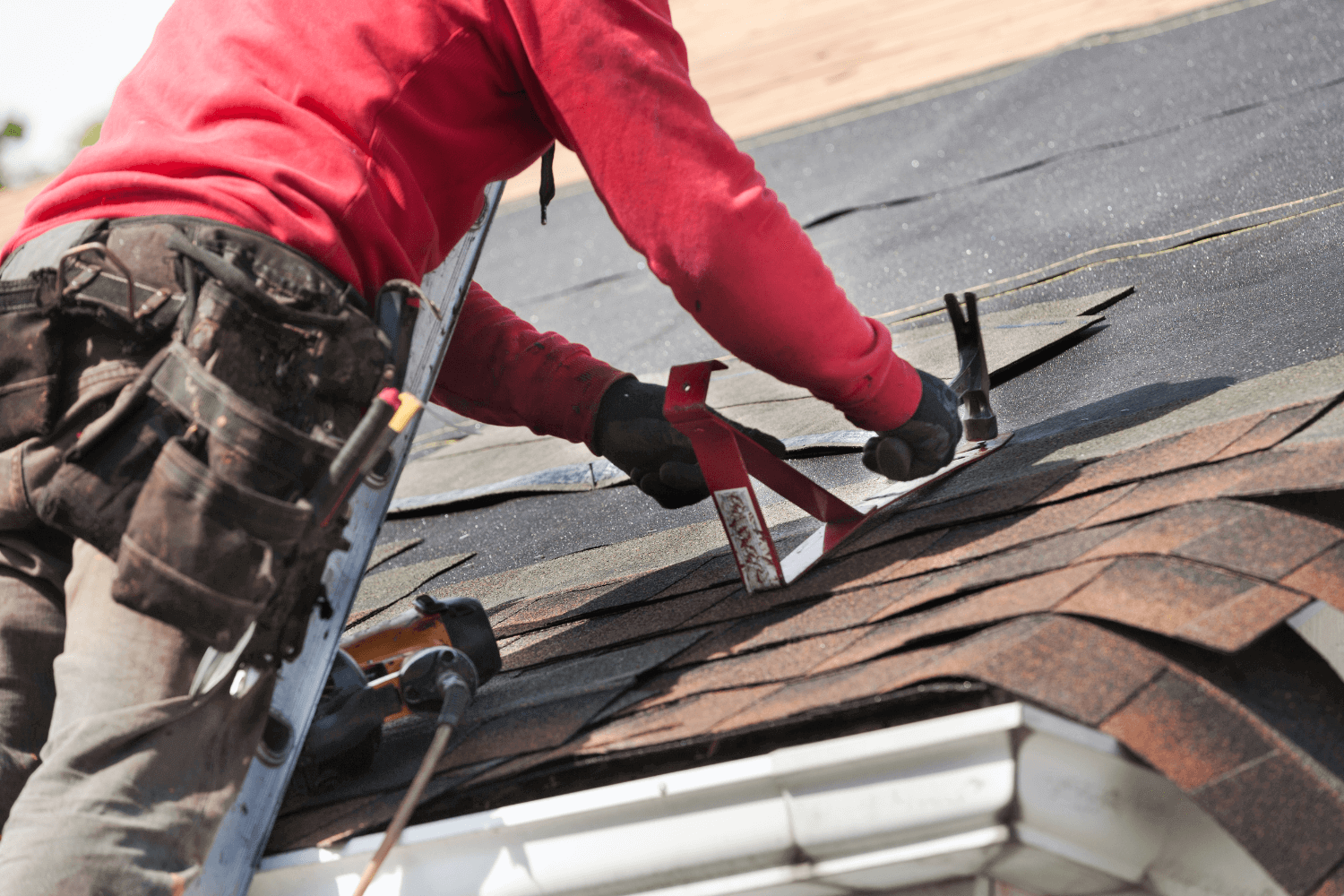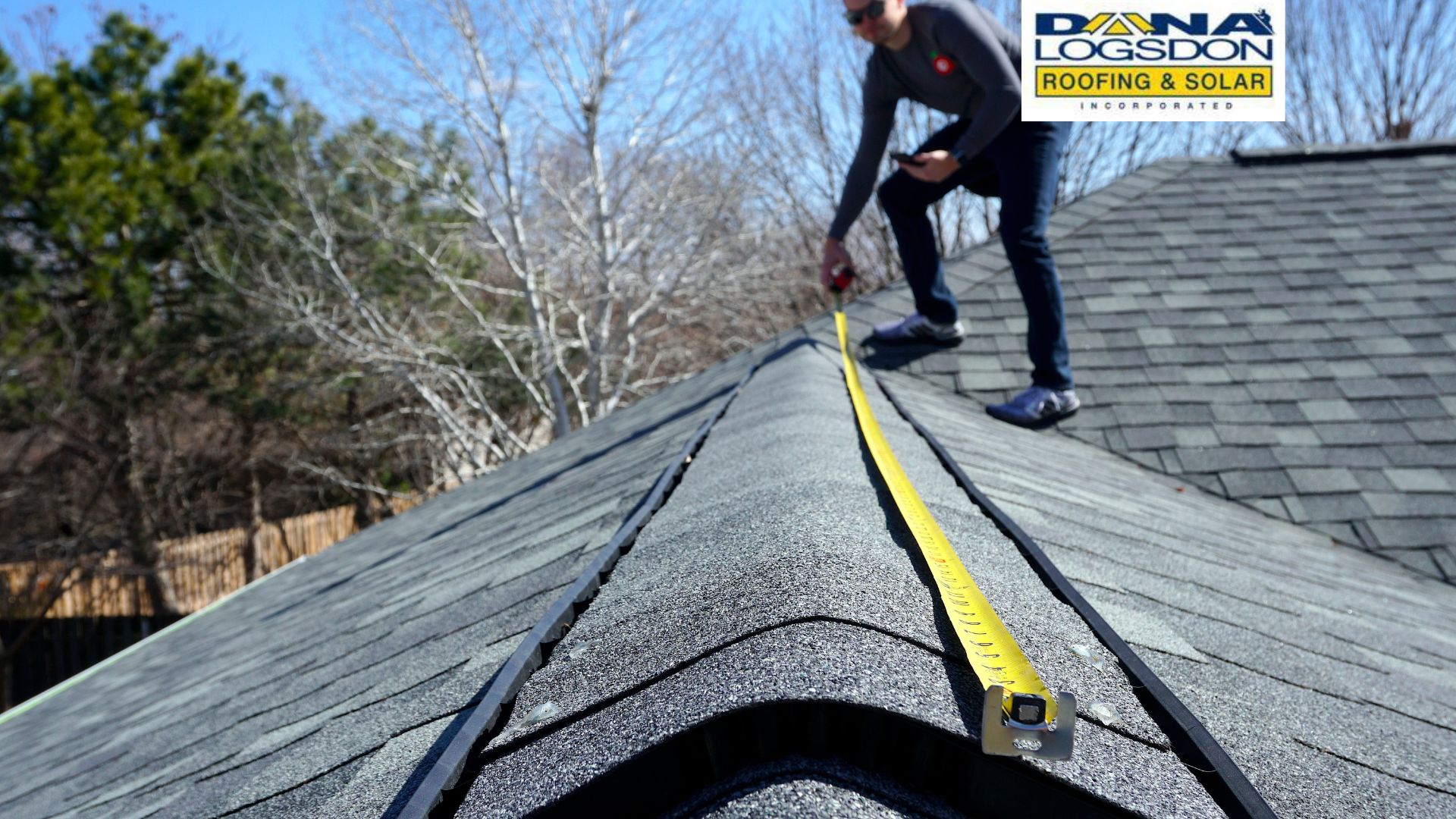Sustainability has become an essential factor among homeowners and building managers when choosing roofing materials. You have numerous roofing options if you want a system that lowers utility bills, enhances indoor comfort, and qualifies for rebates. Discover the top energy-efficient roofing materials below.
1. Tile Roofs
Tile materials like slate, clay, and concrete feature impressive energy-efficient abilities. Roofers lay tiles individually rather than in sheets, as with metal and shingles, creating natural airflows. Air moves freely between the tiles, allowing warm air to leave the roofing area quickly. The airspaces also serve as an insulation layer to maximize energy efficiency. However, tile roofs are quite expensive and may not suit your roofing budget. If you invest in tile roofs, you enjoy a long lifespan, as clay tiles and other tile materials can last up to 200 years.
Metal is versatile since it features many colors and shapes, such as shakes, tiles, and panels. The material reflects most of the sun’s rays into the air, leaving your home cooler and reducing your reliance on air conditioning. Roofing manufacturers coat metal sheets with reflective pigments to enhance energy efficiency. Select light-colored metal roofing to enjoy reduced utility bills. Many commercial managers and homeowners also select metal roofing systems for sustainability. Manufacturers use recyclable materials to forge metal roofs, so the roof is 100% recyclable at the end of its life.
3. Asphalt Roofing
Asphalt shingles are immensely popular due to their affordability and ease of installation. However, most asphalt shingles don’t have reflective properties, and you must be keen when shingle shopping. You want Energy Star rated shingles with reflective granules that facilitate sun reflection and minimize heat absorption. This type of roof is more affordable than other energy-efficient roofing options. Asphalt shingles can last up to 50 years, and you can extend the roof’s lifespan with regular professional maintenance.
4. Solar Shingles
Solar shingles or solar tiles are a new technology that generates energy at home. According to Modernize, each solar shingle produces about 13 to 63 watts of energy and reduces a home’s energy expenses by 40% to 70%. Manufacturers design solar tiles to resemble standard shingles, which are great alternatives to solar panels. Solar shingles withstand rain, hail, and wind and boost your home’s value. The major disadvantage of solar shingles is their hefty price tag. For instance, Tesla prices solar tiles at $14 to $19.95 per square foot without accounting for accessory equipment. However, the tiles pay for themselves in the long run via lower utility bills and incentives. You also get a futuristic aesthetic at your home or commercial building.
5. TPO
Thermoplastic polyolefin roofing (TPO) is a single-ply material made from a blend of rubbers and fillers like talc and fiberglass. It is quite popular in commercial properties, where its white, reflective surface saves on cooling costs and keeps the interior comfortable. You can also use TPO for low-pitched residential roofs to reflect the sun’s heat. Roofers install TPO as a large roll, unlike the shingles, sheets, and tiles that come with traditional roofing materials. Then, the contractors secure the TPO roll to your roof with a bonding adhesive, mechanical attachment, or seal. Roofers add insulation before extending the membrane to boost your roof’s heat resistance. TPO lasts between 15 to 30 years, according to Angi. Energy-efficient roofing tames your cooling costs, makes your living spaces more comfortable, and extends your roof’s lifespan. At Dana Logsdon Roofing & Solar, we install different roofs to achieve your sustainability and energy-efficiency goals. Contact us today to explore your roof options.



